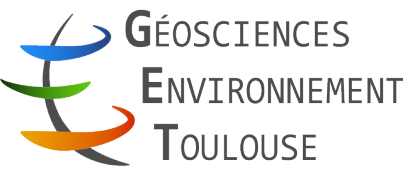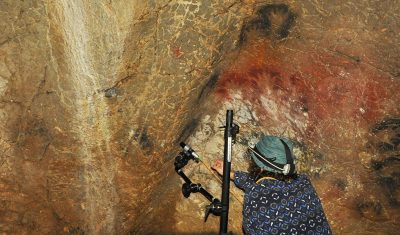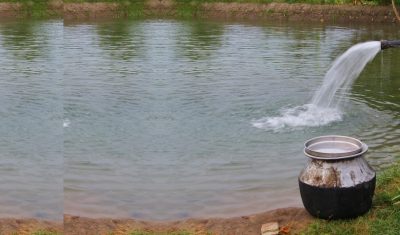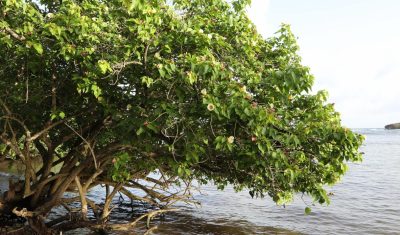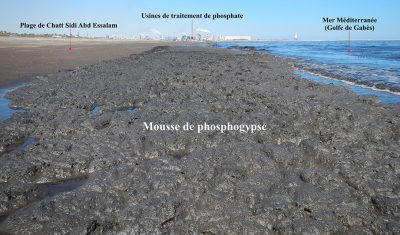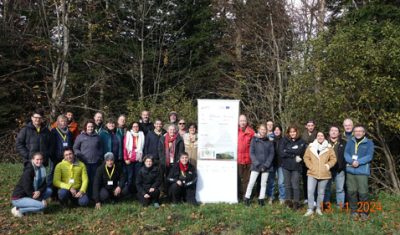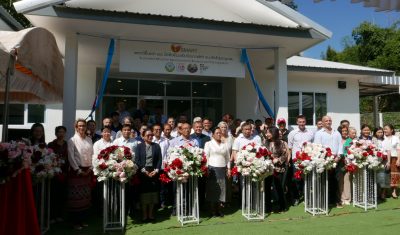
An integrated approach to the study of the critical zone and its dynamics, scrutinizing and analyzing major element cycles such as carbon, water, nutrients, and the couplings between these hydro-biogeochemical cycles, particularly in the intertropical zone.
Leaders: Priscia OLIVA and Jean RIOTTE
- Understanding and predicting interactions between minerals, fluids, and living organisms in the Anthropocene.
- Major biogeochemical cycles of water and carbon.
- Biosphere/fluid/mineral interactions.
- Anthropogenic pressures on eco-hydrosystems.
- France (Networks RMSQ, GIS GEMS)
- SNO HYBAM (Brazil, Bolivia, Peru, French Guiana, Ecuador, Congo)
- GDRI RAINSMORE (Brazil, Senegal)
- SNO AMMA-CATCH (Benin, Nigeria, Mali, Senegal)
- SNO M-TROPICS (Cameroon, India, Laos)
- LMI DYCOFAC (Cameroon, Gabon)
- IRP CEFIRSE (India)
We combine in-situ measurements, laboratory analytical techniques, spatial observations, opportunistic measurements, innovative sensors, multi-scale modeling, high-performance computing; from soil plots to small watersheds, to continental watersheds.

